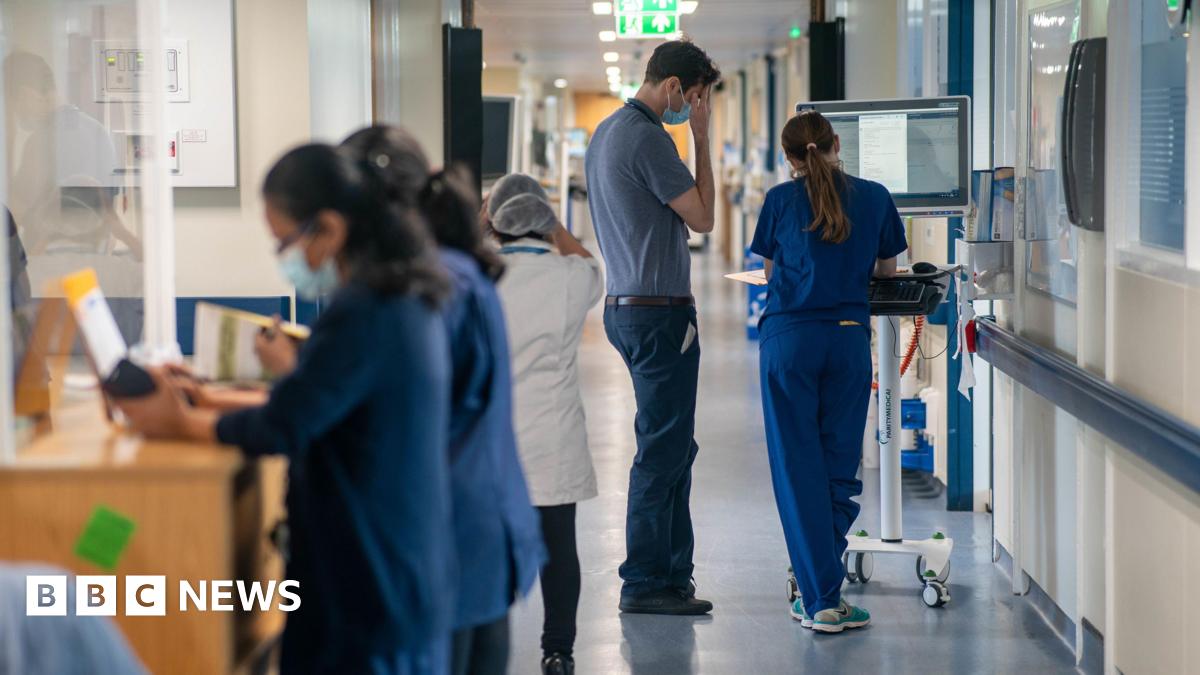Bussiness
The future of Dow Jones – London Business News | Londonlovesbusiness.com

The Dow Jones (US30) index has experienced a significant rise, trading near $42,490 on Thursday, adding a full percentage point, equivalent to more than 450 points.
This reflects a bullish shift in U.S. stock markets. This recovery follows a noticeable decline earlier in the week, where the index briefly fell below the 42,000 level.
This shift reflects investors’ appetite for buying, despite mixed economic data such as the decline in August retail inventory and comments from Dallas Federal Reserve President Lorie Logan about inflation.
The recent rise in the Dow Jones can be seen as a positive reaction to renewed investor confidence, despite volatile economic conditions. The drop in retail inventories, which came in below expectations, did not deter investors from turning to stocks.
On the contrary, the market seems to have interpreted this data as a signal of relative stability that could push the Federal Reserve toward more flexible policy decisions. However, there is a divergence between the performance of non-durable goods inventories, which fell by 0.1%, compared to a 0.3% rise in durable goods inventories.
I believe that these mixed results reflect varied consumer trends, where Americans prefer to spend on non-durable goods while avoiding long-term purchases. This, in turn, could be a sign of a lack of confidence in long-term economic prospects. However, investors may view this data as an indicator of economic resilience, which explains the optimism surrounding the markets.
At the same time, comments from Lorie Logan, President of the Dallas Federal Reserve, highlighted the challenges that the U.S. economy continues to face, chief among them inflation. Logan pointed out that economic growth, which has exceeded expectations, poses a real risk to price stability, putting the Federal Reserve in a tough spot regarding interest rate decisions.
Despite the progress made in lowering inflation toward the central bank’s target of 2%, rising prices in some key categories remain above expectations. This leads me to believe that any future steps by the Federal Reserve will continue to rely on available economic data, reinforcing the “data-dependent” approach mentioned in the Federal Open Market Committee (FOMC) meeting minutes.
The FOMC minutes did not reveal any surprising news but emphasized the need to continue relying on data. Calls for a 50-basis point rate cut were accompanied by differing views among committee members. Some preferred a smaller quarter-point cut, such as Federal Reserve Governor Michelle Bowman. This internal division reflects uncertainty about the future direction of interest rates, leaving the market in a state of anticipation for new economic data that may influence decisions in November.
In light of this, a 25-basis point rate cut is expected in November, reflecting the recent improvements in the markets. However, 15% of traders believe that the Federal Reserve may not make any changes to interest rates that month. This split in expectations highlights the prevailing uncertainty, as the final decision will largely depend on how economic data evolves over the coming weeks.
Regarding the Dow Jones performance, most stocks saw strong gains, with IBM shares rising 2%, while Nike shares surged above $82.50. These gains reflect growing investor confidence in the ability of major companies to maintain solid performance despite economic challenges. However, some companies, such as Boeing, are still facing pressures due to internal factors like ongoing labour strikes, affecting their recovery potential.
Overall, it seems to me that the markets are heading toward relative stability, but this stability is contingent on the Federal Reserve’s ability to balance fighting inflation with supporting economic growth. With the data-dependent approach confirmed in the FOMC minutes, the key question remains whether upcoming economic data will push the central bank toward further rate cuts or keep it in a wait-and-see mode.
In my view, the U.S. stock market, particularly the Dow Jones, still has positive momentum that could continue in the near term. Although economic expectations remain somewhat murky, recent market shifts indicate growing investor confidence in the U.S. economy’s ability to overcome current challenges. As reliance on economic data persists, the Dow Jones will reflect investors’ hopes and expectations shortly.










